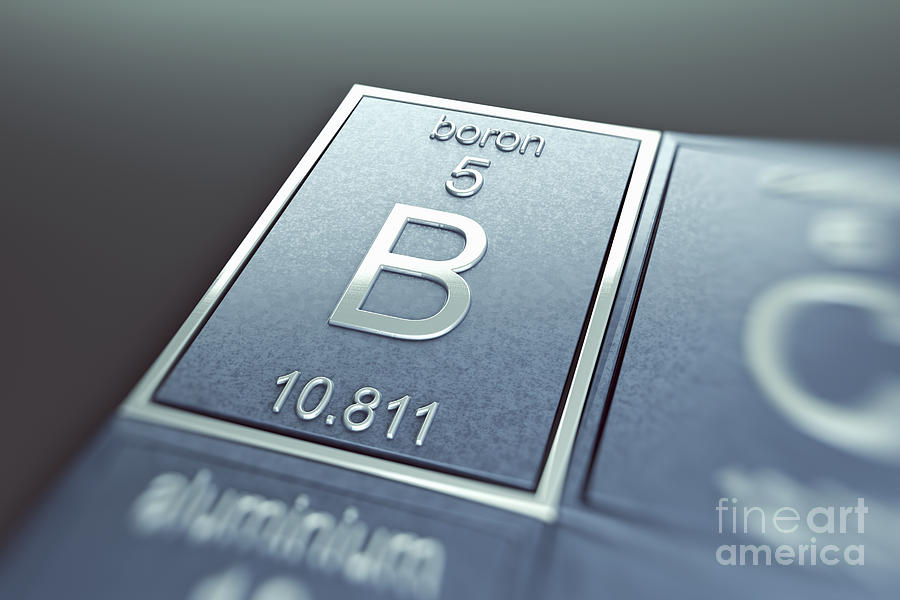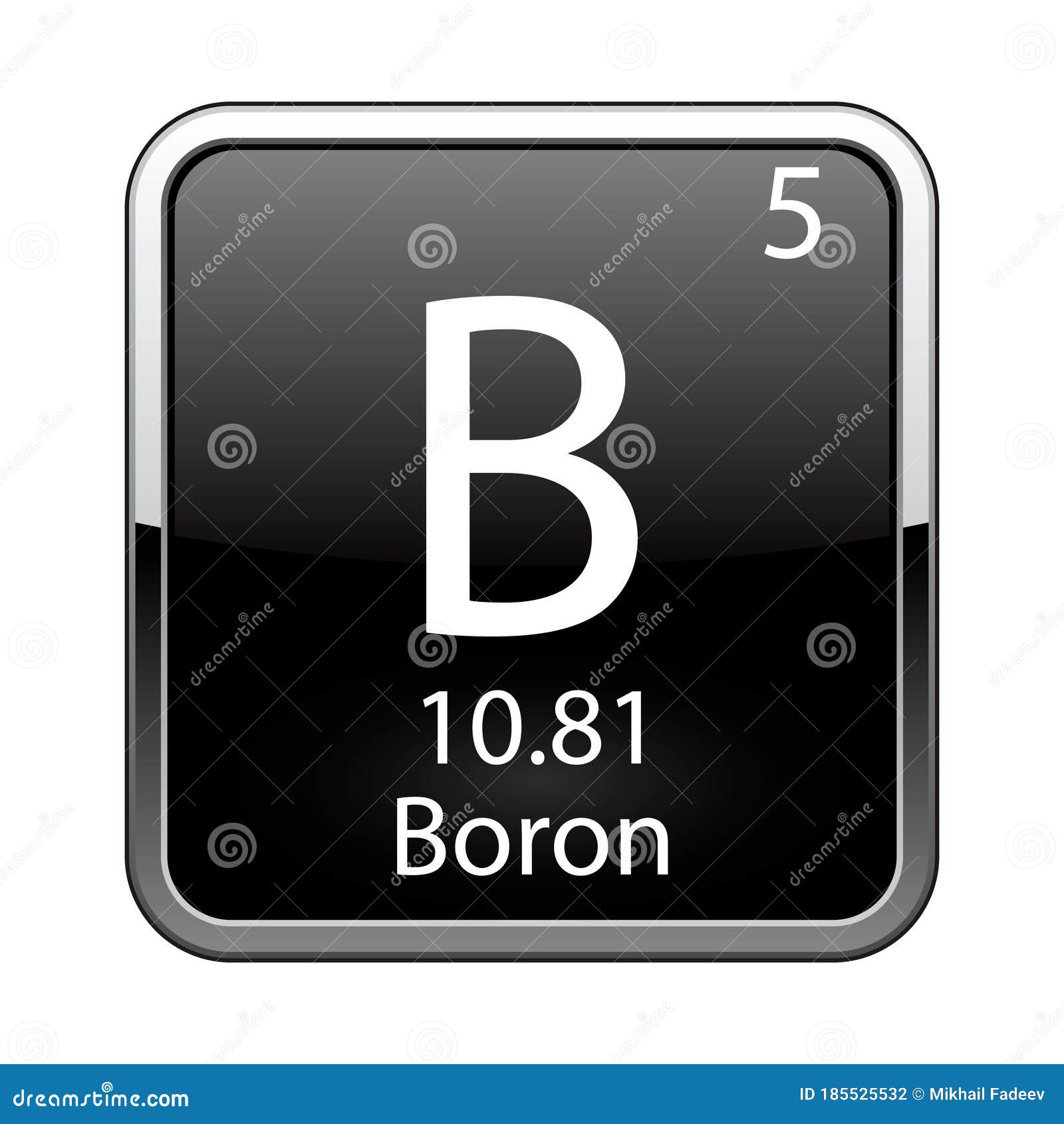

Industrially, very pure boron can be produced, but this is difficult because boron tends to form refractory materials that contain small amounts of carbon or other elements. About half of all boron consumed globally is an additive in fiberglass for insulation and structural materials. Several allotropes of boron exist: amorphous boron is a brown powder crystalline boron is silvery to black, extremely hard (about 9.5 on the Mohs scale), and a poor electrical conductor at room temperature.īoron is primarily used in chemical compounds. Industrially, very pure boron is produced with difficulty because of refractory contamination by carbon or other elements. Elemental boron is a metalloid that is found in small amounts in meteoroids but chemically uncombined boron is not otherwise found naturally on Earth. The borides are usually harder, chemically less reactive, and electrically less resistive and have a higher melting point than the corresponding pure metallic elements. Boron combines with various metals to form a class of compounds called borides. The most important compounds of boron are boric (or boracic) acid, borax (sodium borate), and boric oxide. It was first isolated (1808) by French chemists Joseph-Louis Gay-Lussac and Louis-Jacques Thenard and independently by British chemist Sir Humphry Davy by heating boron oxide (B2O3) with potassium metal. On Earth, boron is concentrated by the water-solubility of its more common naturally-occurring compounds, the borate minerals. Boron is concentrated on Earth by the water-solubility of its more common naturally occurring compounds, the borate minerals. Produced entirely by cosmic ray spallation and supernovae and not by stellar nucleosynthesis, it is a low-abundance element in the Solar System and in the Earth’s crust. It is a chemical element with the symbol B and atomic number 5. Boron (B) is a chemical element, semimetal of main Group 13 of the periodic table, essential to plant growth and of wide industrial application. The pure metal is priced at $1114 for every 100 gram and in bulk, it costs $500 for the same quantity. Things Made Out Of Boron Boron (B Element) Cost

It has importance in semiconductor doping.Boron fibers or filaments are used in the construction of tapes with high tensile strength.Amorphous boron finds application as a rocket fuel igniter.Borosilicate glass is an example of boron’s application in the glass and ceramic industry.In boron neutron capture therapy for treating cancer and in neodymium magnets and fishing (fly) rods.Boron compounds are used in organic fertilizers, insecticides, pesticides and agriculture.Its compound, sodium borate or borax is used in making eye drops, washing powders (laundry detergents), mild antiseptics, tile glazes, food and wood preservatives, bleach and other products that are used in everyday life.Being a good neutron absorber, boron 10 is used in the control rods of nuclear reactors, as a neutron detector and radiation shield.Boron deficiency can cause osteoporosis and psoriasis.
#Boron chemical element skin
The element also reduces skin aging, inflammation, brain fog, hair loss (it promotes hair growth), fungal infections and parasitic attacks of Candida.

Estrogen helps in maintaining a sound mental and bone health. It benefits the body by increasing estrogen levels in post-menopausal women and healthy men.



 0 kommentar(er)
0 kommentar(er)
